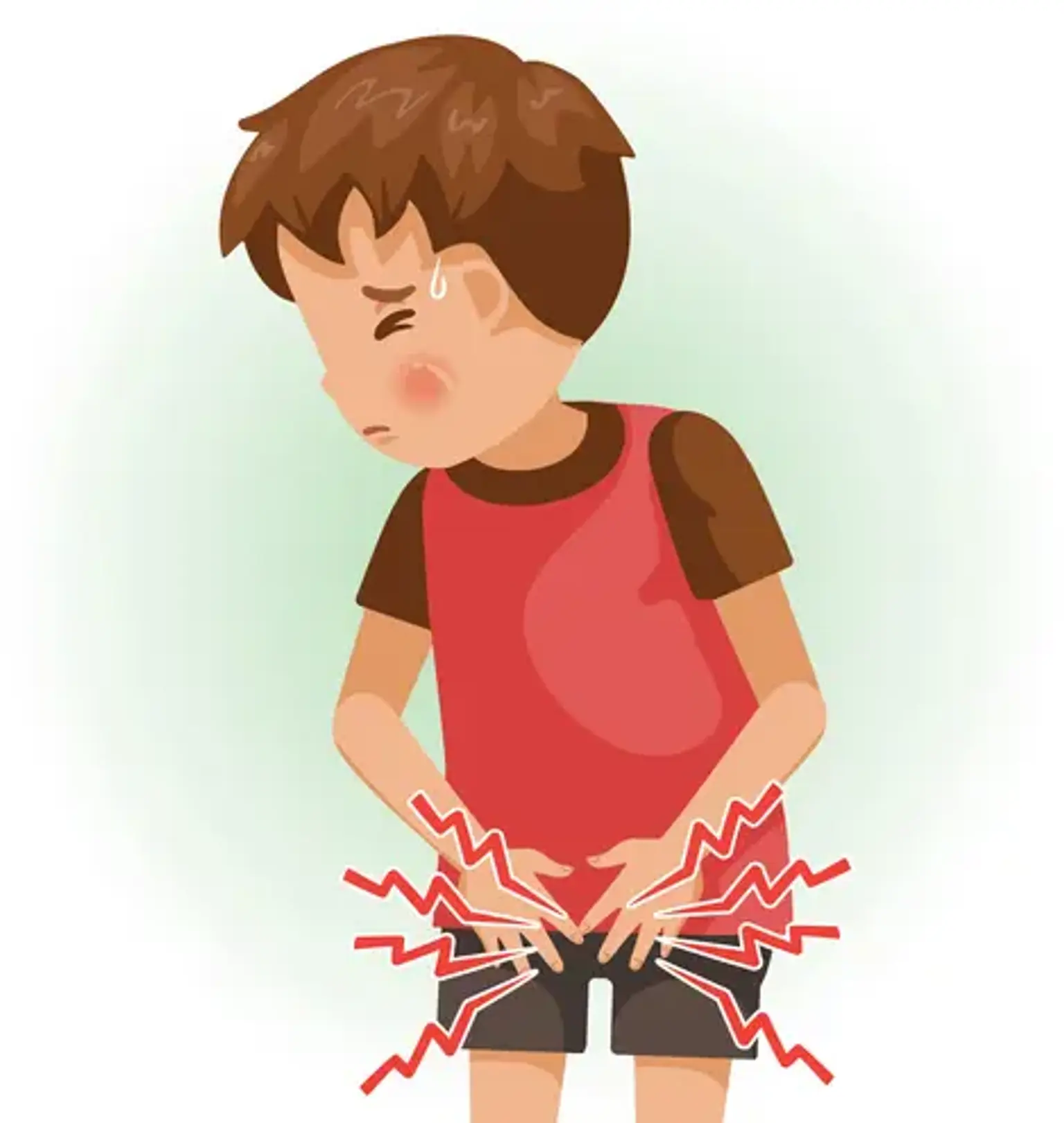Urinary Tract Infection
Overview
Bacteria are not usually seen in the urine. Urine is a byproduct of our kidneys' filtering system. Urine is produced when your kidneys eliminate waste products and excess water from your blood. Urine normally passes through your urinary system uncontaminated. Bacteria, on the other hand, can enter the urinary system from outside the body, producing infections and inflammation. This is an infection of the urinary system (UTI).
UTIs are frequent conditions that occur when bacteria enter the urethra and infect the urinary system, usually through the skin or rectum. Infections can affect several areas of the urinary tract, but the most frequent is a bladder infection (cystitis). Another kind of UTI is kidney infection (pyelonephritis). They are less prevalent than bladder infections, but they are more dangerous.
It can be difficult to tell whether your child has a UTI, as the symptoms can be vague and young children can't easily communicate how they feel. General signs that may suggest your child is unwell include: fever, vomiting, lethargy, irritability, poor feeding, not gaining weight properly in very young children. More specific signs that your child may have a UTI including pain or a burning sensation when peeing, needing to pee frequently, unpleasant-smelling pee, blood in their pee, and cloudy pee.
